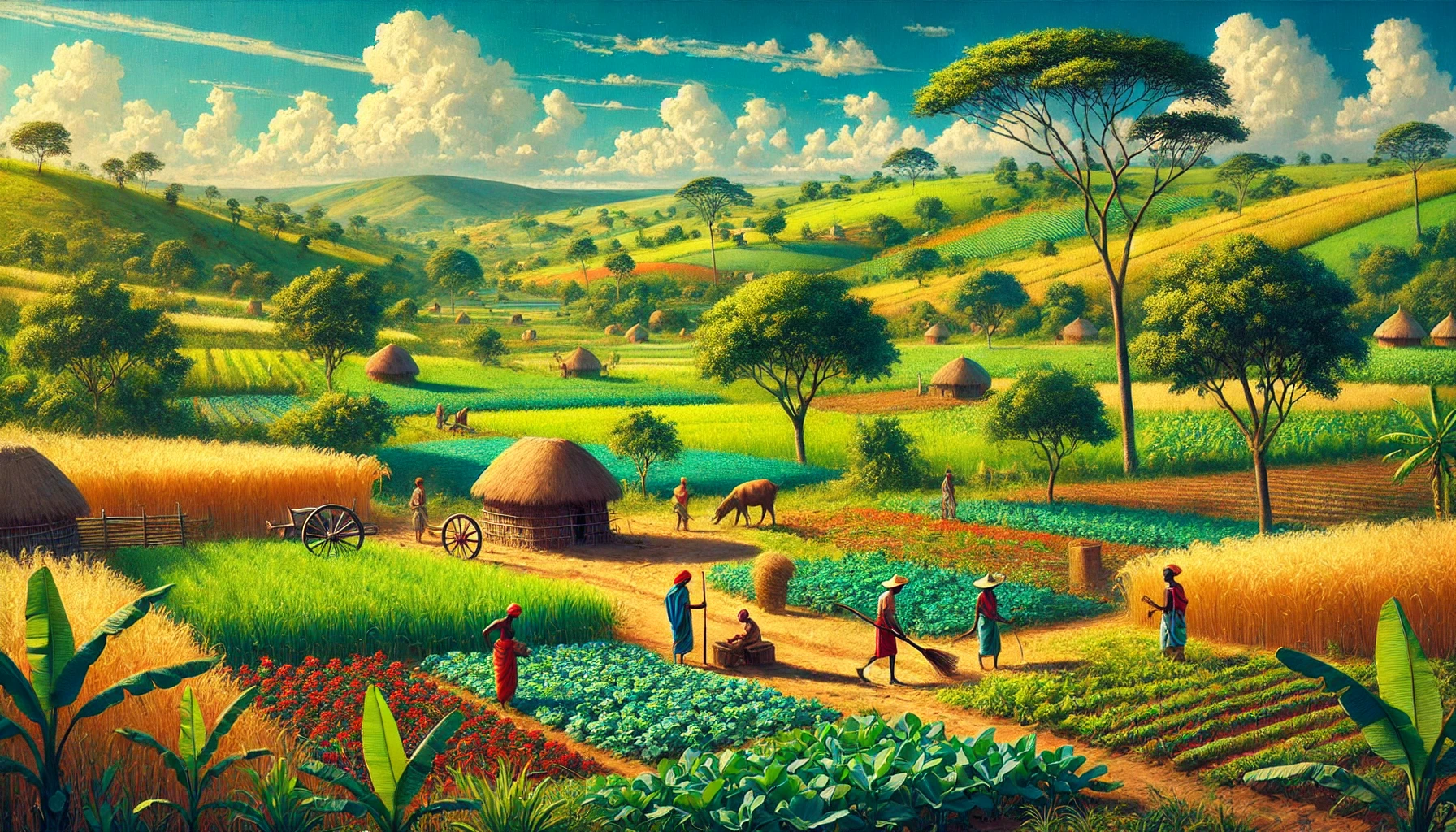Bridging Data Gaps: A Comprehensive Dataset on African Agriculture and Welfare
The World Bank and Wageningen University developed a longitudinal dataset spanning 2008–2021, covering seven Sub-Saharan African countries to explore agricultural productivity, household welfare, and economic dynamics. This harmonized dataset integrates granular agricultural, socioeconomic, and geospatial data, providing invaluable insights for research and policymaking.

The World Bank’s Living Standards Measurement Study (LSMS) program, in collaboration with Wageningen University, has unveiled a comprehensive longitudinal dataset exploring agricultural productivity and welfare in Sub-Saharan Africa from 2008 to 2021. This dataset consolidates data from Ethiopia, Malawi, Mali, Niger, Nigeria, Tanzania, and Uganda, covering over 200,000 agricultural plot observations and involving more than 400,000 individuals from 59,000 households. Designed to address long-standing gaps in agricultural data quality, it provides researchers and policymakers with a harmonized, nationally representative resource to examine the complex dynamics of agriculture, economic development, and welfare across diverse settings. By integrating GPS-based land measurements, geospatial data, and diverse variables, the dataset allows granular insights into the interplay between agricultural practices, household resilience, and economic trends.
Understanding the Dynamics of Smallholder Agriculture
In Sub-Saharan Africa, where smallholder farming underpins the livelihoods of millions, the agricultural sector plays a critical role in poverty alleviation, food security, and economic transformation. This dataset captures the realities of this sector, focusing on input use, crop yields, labor allocation, and the impact of shocks such as climate variability. It sheds light on the structural issues that constrain productivity, such as the limited adoption of improved seeds or irrigation techniques, while also exploring the socio-economic characteristics of farming households. Tracking households and individuals over time, the dataset enables longitudinal analysis, offering insights into how agricultural practices evolve and impact household welfare. With its nuanced view, it contributes to understanding how smallholder agriculture intersects with broader socio-economic and environmental factors.
Innovative Methods for Enhanced Data Quality
The LSMS-ISA surveys employ rigorous methodologies to ensure high-quality data collection and harmonization. Data were gathered through in-person interviews, with two visits per agricultural cycle to align with planting and harvesting activities, except in countries like Uganda with bimodal rainfall patterns. Advanced methods, such as GPS-based plot measurements, addressed inaccuracies in self-reported data, a crucial improvement for calculating reliable yields. The surveys also included geospatial variables like soil fertility, elevation, and proximity to markets, allowing users to analyze environmental and infrastructural influences on productivity. Agricultural inputs and outputs were standardized across countries using regional price data and deflation techniques, enabling cross-country comparisons. Principal component analysis was employed to create indices for agricultural assets and soil fertility, providing simplified yet robust metrics for researchers.
Comprehensive and Multi-Dimensional Data
The dataset’s design is uniquely comprehensive, featuring four interlinked levels of analysis: plot-crop, plot, household, and individual. It includes information on agricultural practices, such as fertilizer use and crop management, alongside household characteristics like consumption patterns, dietary diversity, and exposure to shocks. Geospatial data enrich the analysis, providing insights into how location-specific factors like soil quality and market access shape outcomes. The panel structure captures intra-household and intra-plot dynamics, while the cross-country harmonization enables comparisons across diverse agroecological and socio-economic contexts. By integrating these dimensions, the dataset allows researchers to examine questions ranging from productivity gaps to the impacts of climate shocks and policy interventions on smallholder farming systems.
Implications for Research, Policy, and Development
This dataset represents a significant advancement in agricultural and development research, providing a foundation for evidence-based policymaking. It offers robust tools for exploring productivity trends, poverty dynamics, and resilience across time and regions. The open-access design, with coding resources available on GitHub, ensures that researchers worldwide can adapt and expand the dataset to suit their analytical needs. It addresses critical challenges faced by smallholder farmers, offering actionable insights to design targeted interventions that enhance productivity and welfare. By bridging data gaps and promoting high-quality research, the dataset contributes to addressing pressing global challenges like food insecurity and rural poverty in one of the world’s most vulnerable regions.
A Transformative Resource for African Agriculture
With rigorous quality assurance processes, the dataset ensures reliable and consistent information. Extensive validation checks were conducted, including real-time quality controls during fieldwork and harmonization across countries. This comprehensive approach allows policymakers and researchers to delve into the multifaceted aspects of agriculture and welfare, examining how policies, investments, and external shocks influence smallholder livelihoods. The dataset not only serves as a tool for academic inquiry but also as a guide for practical, on-the-ground interventions aimed at reducing poverty, enhancing food security, and fostering sustainable development. Its ability to integrate environmental, economic, and social variables makes it a transformative resource for understanding and addressing the complex challenges of agricultural productivity and welfare in Sub-Saharan Africa.
- READ MORE ON:
- agricultural data quality
- GPS-based land measurements
- GitHub
- FIRST PUBLISHED IN:
- Devdiscourse










